Long Day Onion Varieties
jacoblockcuff (z5b/6a CNTRL Missouri
5 years ago
Featured Answer
Sort by:Oldest
Comments (31)
rockwhisperer OK zone 6A
5 years agojacoblockcuff (z5b/6a CNTRL Missouri thanked rockwhisperer OK zone 6ARelated Professionals
Alexandria Landscape Contractors · East Norriton Landscape Contractors · Parole Landscape Architects & Landscape Designers · Lakeland Landscape Contractors · East Chicago Landscape Contractors · Fort Mill Landscape Contractors · Fort Worth Landscape Contractors · Rockwall Landscape Contractors · Hockessin Driveway Installation & Maintenance · The Woodlands Driveway Installation & Maintenance · Dallas Landscape Contractors · Eureka Landscape Contractors · Newberg Landscape Contractors · Palos Heights Landscape Contractors · Stoughton General Contractorstheforgottenone1013 (SE MI zone 5b/6a)
5 years agojacoblockcuff (z5b/6a CNTRL Missouri thanked theforgottenone1013 (SE MI zone 5b/6a)jacoblockcuff (z5b/6a CNTRL Missouri
5 years agolast modified: 5 years agoLoneJack Zn 6a, KC
5 years agolast modified: 5 years agojacoblockcuff (z5b/6a CNTRL Missouri thanked LoneJack Zn 6a, KCjacoblockcuff (z5b/6a CNTRL Missouri
5 years agoNHBabs z4b-5a NH
5 years agorockwhisperer OK zone 6A
5 years agojacoblockcuff (z5b/6a CNTRL Missouri thanked rockwhisperer OK zone 6Ajacoblockcuff (z5b/6a CNTRL Missouri
5 years agowayne_5 zone 6a Central Indiana
5 years agorockwhisperer OK zone 6A
5 years agoflowergirl70ks
5 years agoZachS. z5 Platteville, Colorado
5 years agolast modified: 5 years agorockwhisperer OK zone 6A
5 years agolast modified: 5 years agoLoneJack Zn 6a, KC
5 years agorockwhisperer OK zone 6A
5 years agoLoneJack Zn 6a, KC
5 years agorockwhisperer OK zone 6A
5 years agojacoblockcuff (z5b/6a CNTRL Missouri
5 years agorockwhisperer OK zone 6A
5 years agowayne_5 zone 6a Central Indiana
5 years agolast modified: 5 years agoLoneJack Zn 6a, KC
5 years agolast modified: 5 years agowcthomas
5 years agojacoblockcuff (z5b/6a CNTRL Missouri
5 years agowcthomas
5 years agojacoblockcuff (z5b/6a CNTRL Missouri
5 years agowcthomas
5 years ago
Related Stories
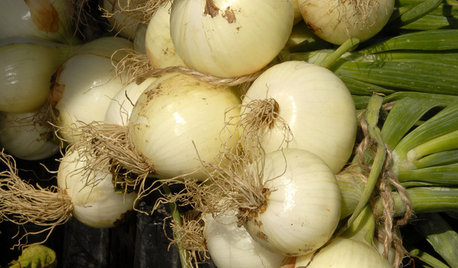
COOL-SEASON CROPSCool-Season Vegetables: How to Grow Onions
Essential for a cook's garden, onions come in many varieties and show staying power on the shelf
Full Story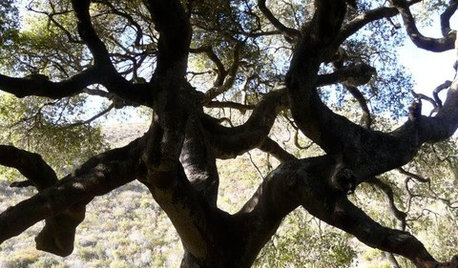
GARDENING AND LANDSCAPINGArbor Day Applause: Iconic Los Angeles Trees
Step aside, palm trees. California's native trees offer landscapes a huge variety of styles, personas and foliage
Full Story
BATHROOM MAKEOVERSRoom of the Day: Bathroom Embraces an Unusual Floor Plan
This long and narrow master bathroom accentuates the positives
Full Story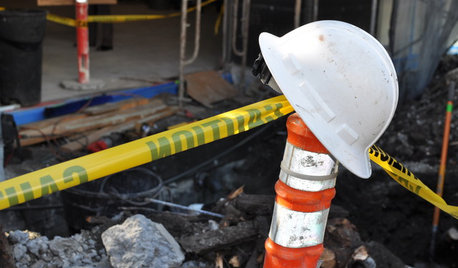
WORKING WITH PROSHow Long Is Your Contractor on the Hook?
Understand how a warranty protects homeowners from shoddy work — and builders from being liable for their work for forever and a day
Full Story
GARDENING GUIDES6 New Plant Varieties That Beat Out Their Parents
With better resistance and fewer demands, these garden beauties are worth a spot on your wish list
Full Story
FEEL-GOOD HOME10 Ideas to Make Every Day at Home a Little Better
Consider some simple changes and fun tips for brightening your world
Full Story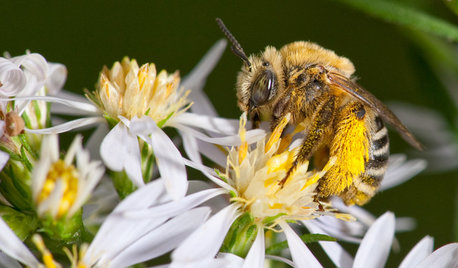
GARDENING GUIDESLook for Long-Horned Bees on Summer's Flowers
These insects are busy in the garden come summer and fall, pollinating sunflowers, coneflowers, asters and more
Full Story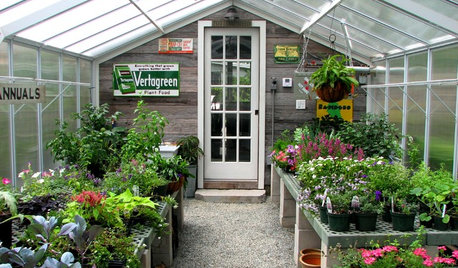
OUTBUILDINGSRoom of the Day: An Old Shed Becomes a Spa and Greenhouse
A garden-loving couple create the perfect place to have a soak and putter with their plants year-round
Full Story
HOLIDAYSTurkey Day Countdown: 7 Things to Do This Weekend
Get your home ready for guests and the big meal
Full Story
ROOM OF THE DAYRoom of the Day: New Life for Historic Wallpaper Landscapes
In a Rhode Island mansion, painstaking restoration saves lavish woodblock-printed paper scenes commissioned in the early 1800s
Full StoryMore Discussions






OldDutch (Zone 4 MN)